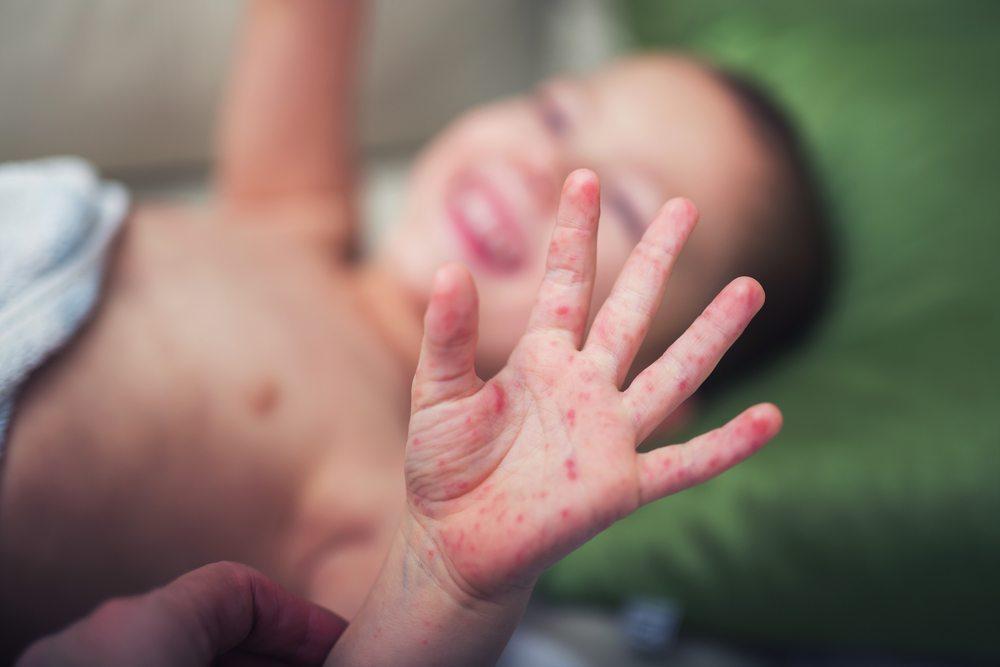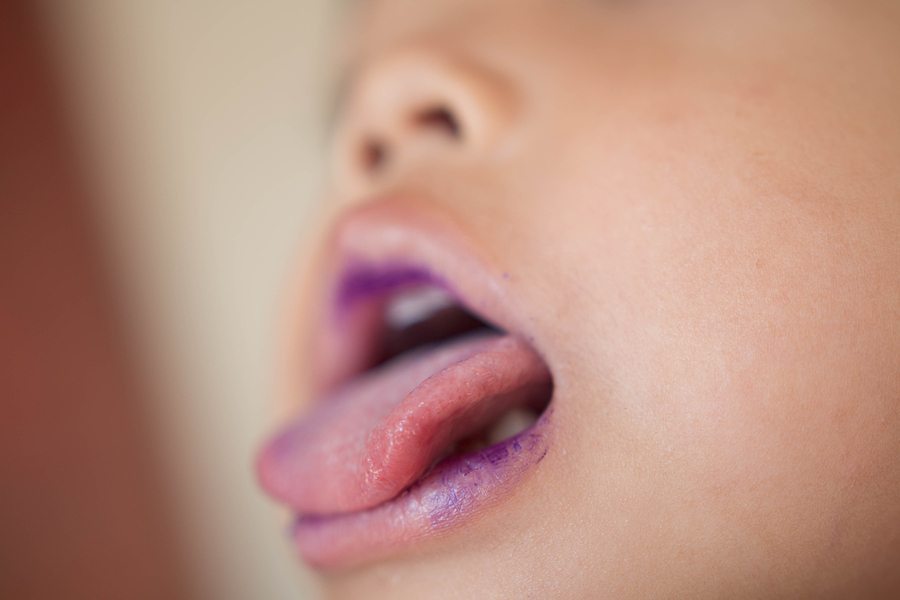4 Things Parents Need to Know About Hand-Foot-and-Mouth Disease

Young children can’t always let you know when they aren’t feeling well, so it’s important for parents to know about common childhood illnesses. Hand-foot-and-mouth disease is most common in infants and children up to 5 years old and can be difficult to diagnose. Here are four things parents should know about hand-foot-and-mouth disease in order to be prepared.
What are the signs and symptoms?
Hand-foot-and-mouth disease can look a lot like the flu at first because the rash that defines it tends to be the last symptom to show up. The first things you’ll notice include a fever, sore throat, loss of appetite and dehydration. It can take up to a week after being exposed to the virus for the rash or blisters to appear.
Once they appear, they can be anywhere in the mouth, including on the tongue and gums; on hands, fingers and the soles of feet; and the buttocks. These sores are sometimes filled with fluid and tend to be at their worst the first few days of their appearance. It’s common and safe for them to peel after the first week or two.
When does my child need to see a doctor?
If your child has a fever that lasts for more than three days, or if your child becomes dehydrated, it is important to see a doctor. Also, if you’re concerned your child might have something besides hand-foot-and-mouth disease, you should consult a doctor. While the disease isn’t dangerous, it’s important to be sure nothing else is going on.
What should I expect the doctor to do?
Because hand-foot-and-mouth disease is viral, antibiotics won’t help. Typically, a doctor will check out the rashes to insure they aren’t from something else. If it is hand-foot-and-mouth disease, they will tell you to keep your child hydrated and to use an over-the-counter medication to control your child’s pain and fever.
Do I need to worry about spreading it to others?
Hand-foot-and-mouth disease is spread through bodily fluid, and it is extremely contagious, especially in the beginning. You and your child should avoid going into public until your child’s fever has been gone for 24 hours. It’s important to wash your hands often and avoid contact with any other members of your household. Adults can catch the disease as well as, so it’s advisable to have just one person caring for all children with symptoms to lower the number of people exposed to it.
While hand-foot-and-mouth disease is contagious, it isn’t dangerous. As long as your child’s fever stays under control and they stay properly hydrated, the discomfort associated with it far exceeds the risk of complications.







